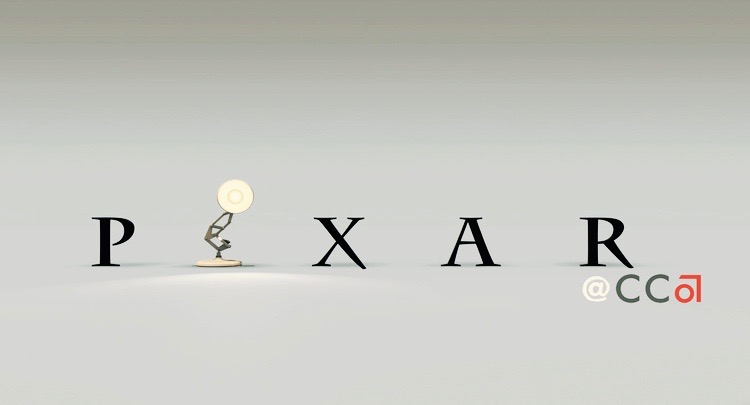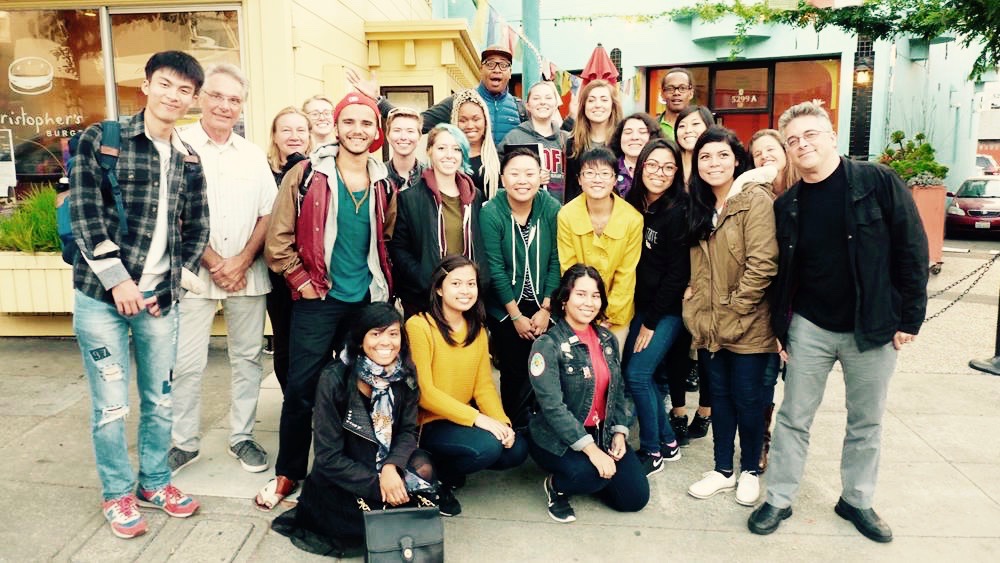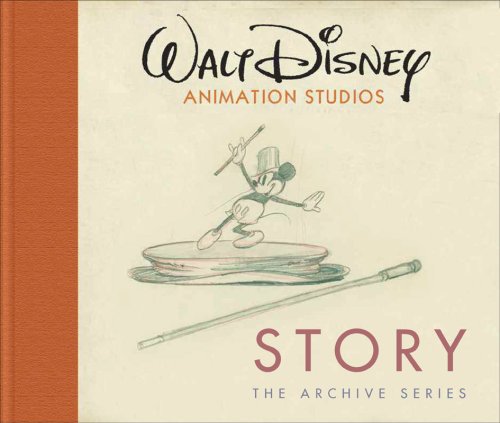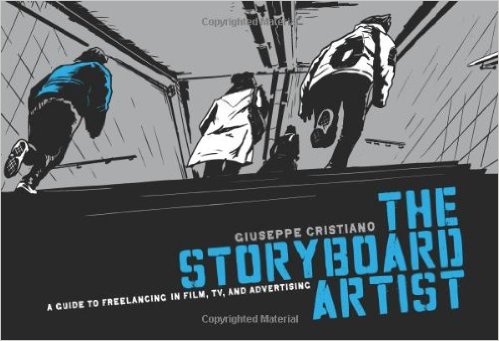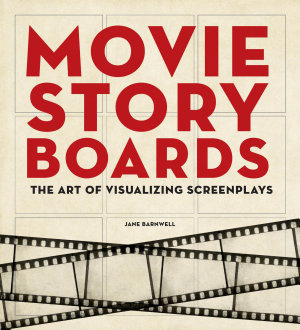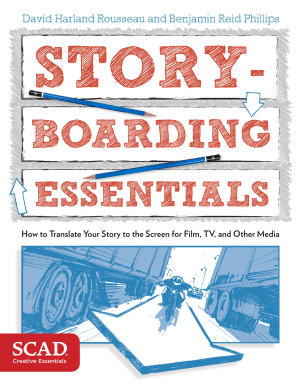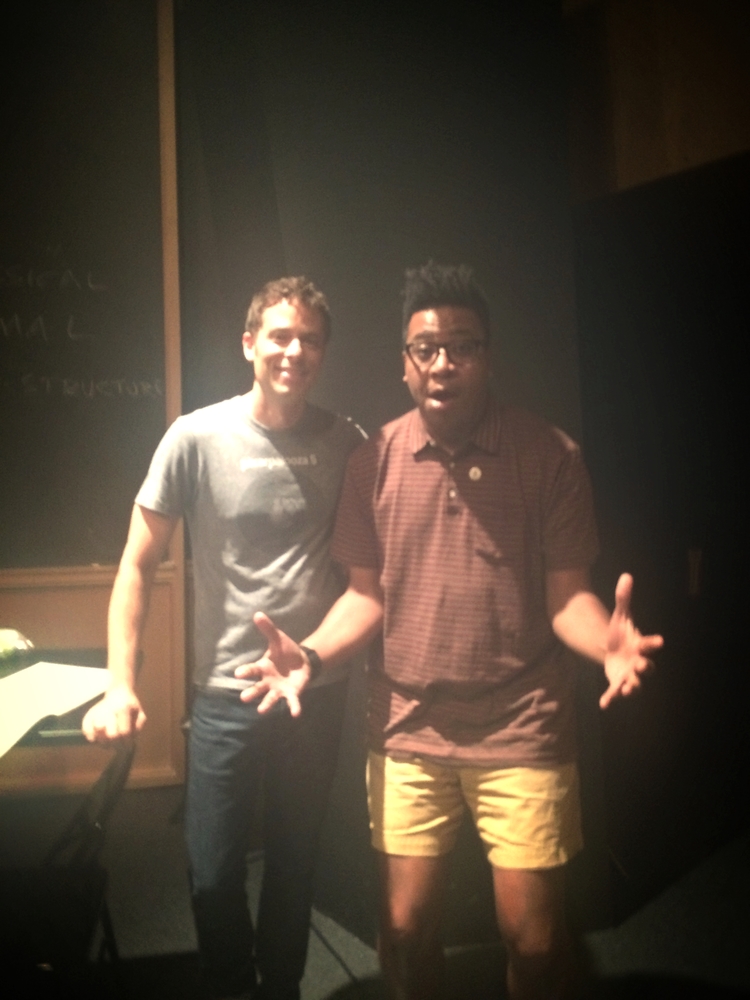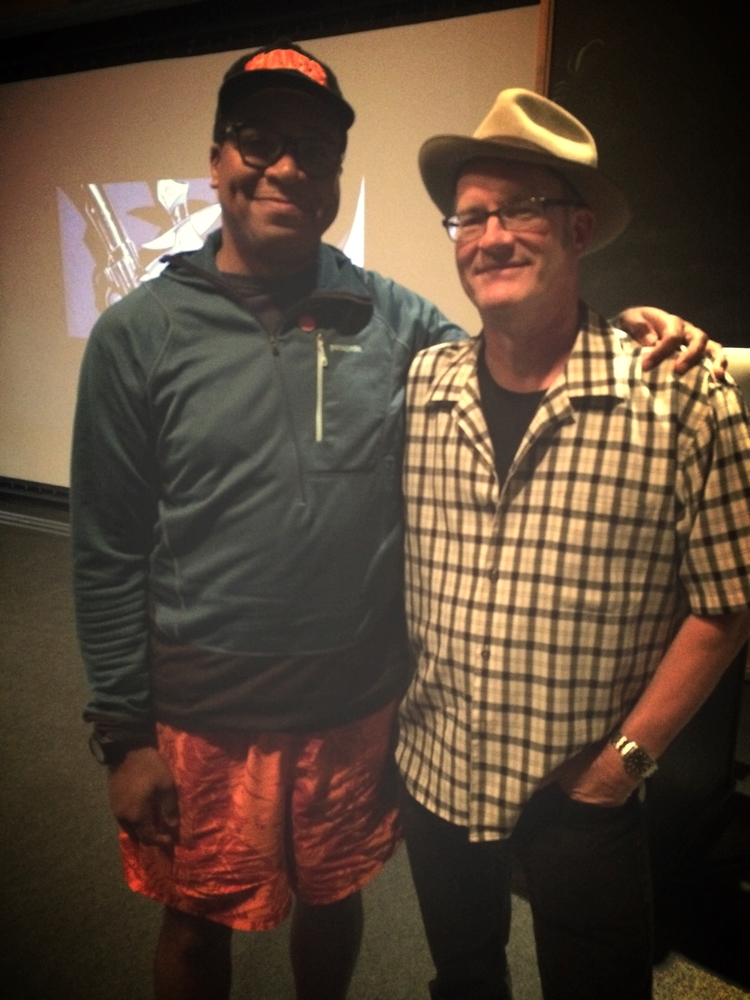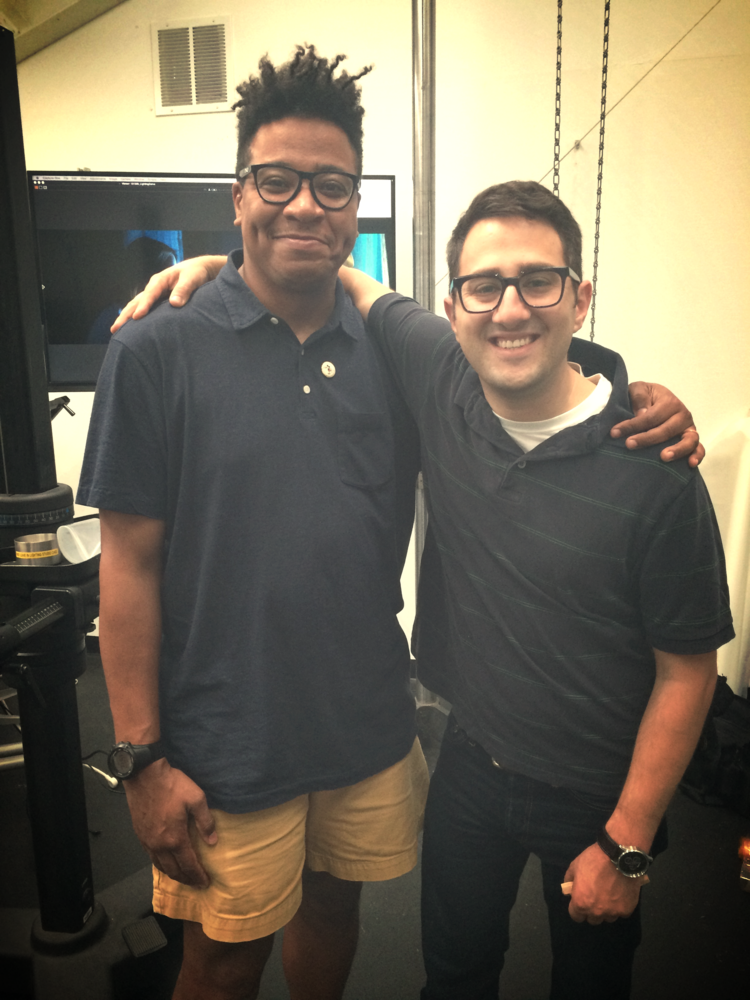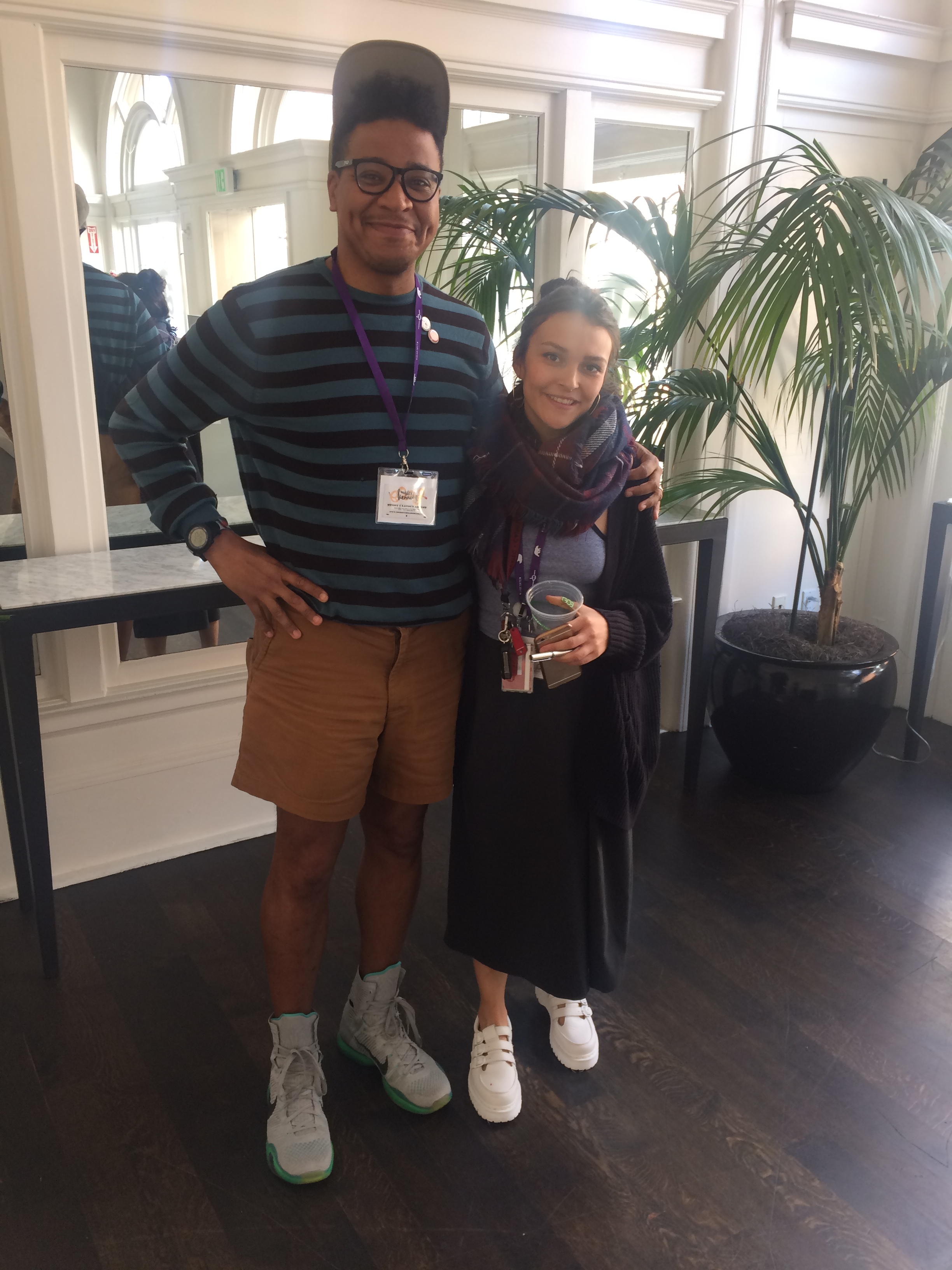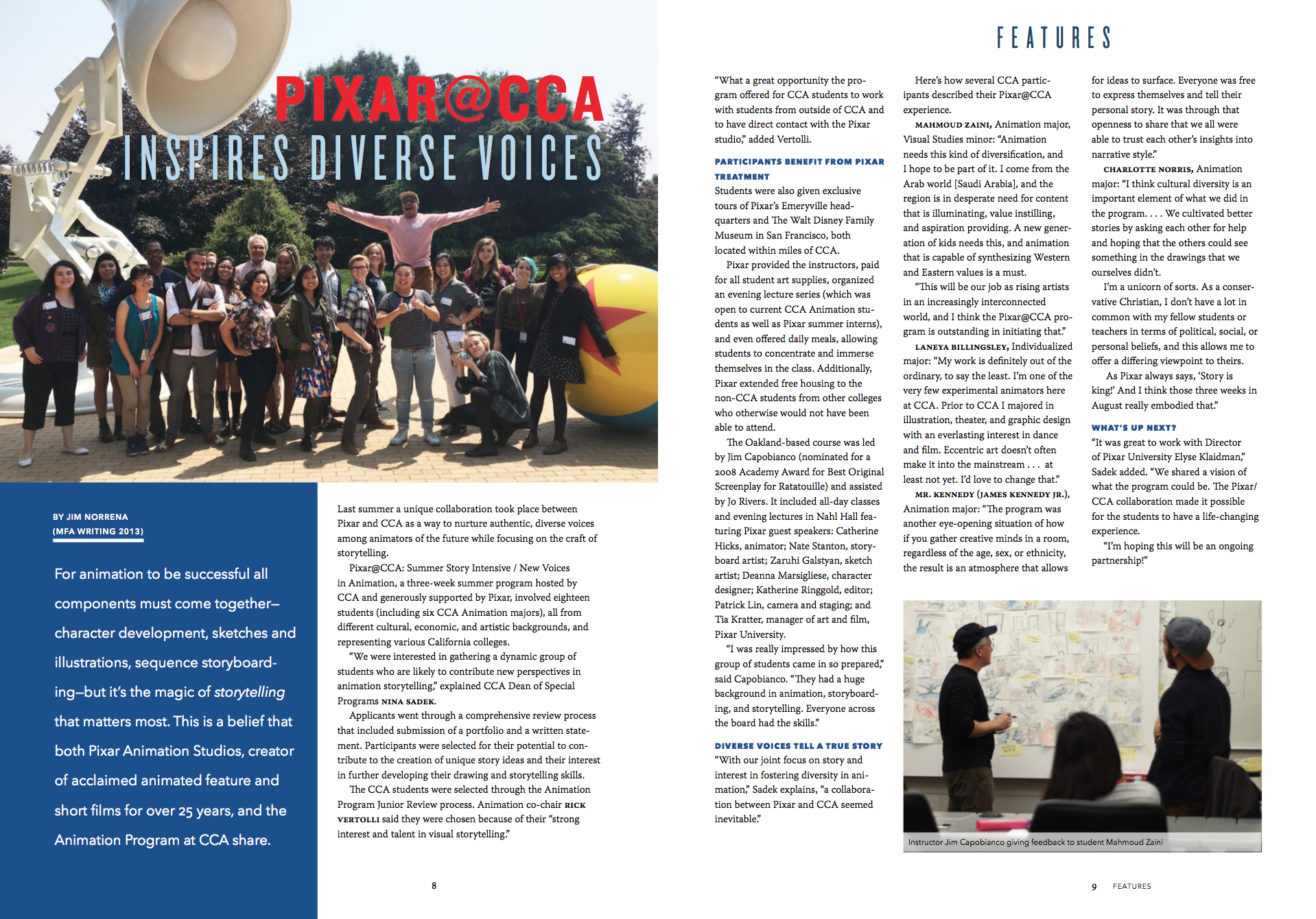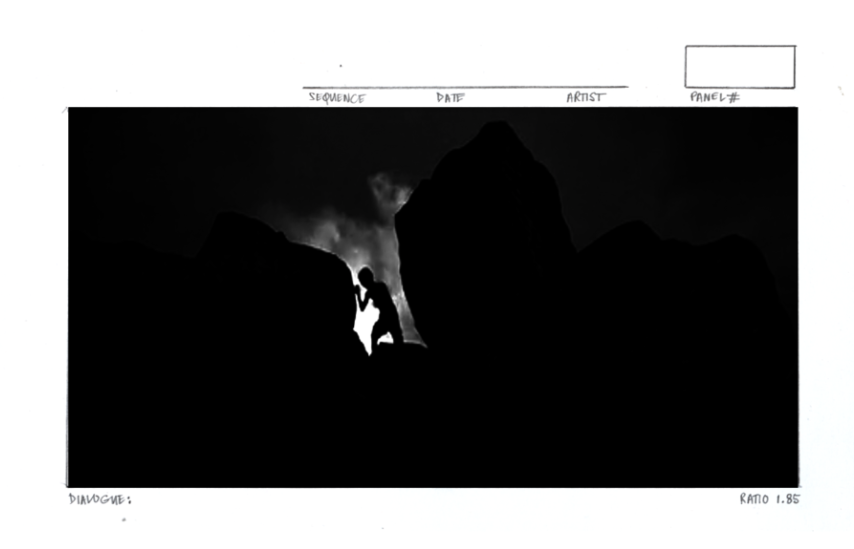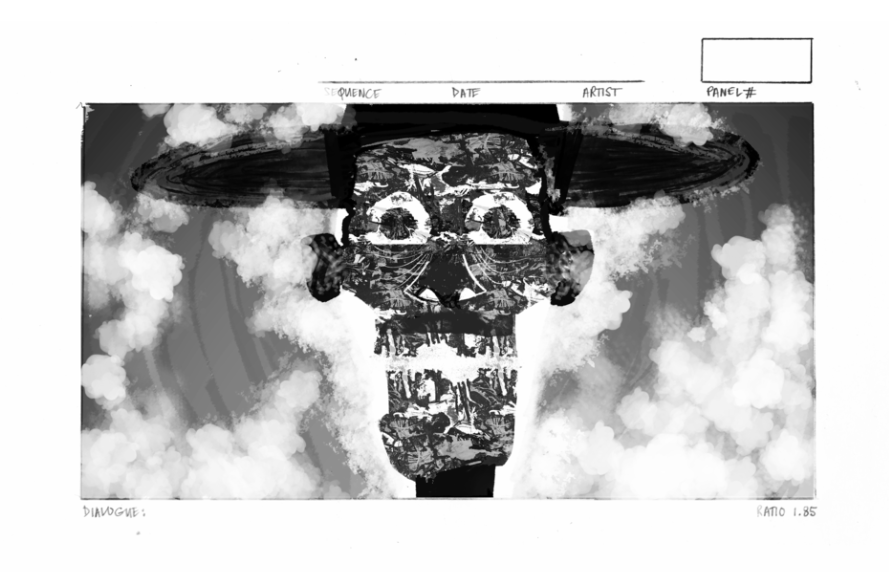Well it has been an exciting 200 hours! The Pixar Story Intensive was kicked off three weeks ago with a trip to the Walt Disney Family Museum, where I meet everyone selected for the Inaugural Pixar@CCA Story class. It ended today with everyone at Pixar for a information tour and lunch. What are great experience in learning what it takes to become a story artist, all of which aides in getting ready for my student lead Animation Workshop to make my film; that I'll be teaching as a student next month. It was great to run ideas by Jim Capobianco, concerning storyboarding, editing, management of the schedule and directing notes for my film.
The course was lead by Jim Capobianco, co-writer of Ratatouille and director of Your Friend the Rat, Wall-e end credits and Jo Rivers in partnership with Pixar University. There's too much for me to mention nor do I wish to out all the goodies Jim and Jo imparted on me. What I can do is focus on the root of what was taught and as usual everything goes back to Uncle Walt and the story department at Pixar. But, first I want talk about Jim's impact on me during the past three-weeks.
I admit that I knew little of what Jim has contributed to what we know of Pixar Films today. Jim Capobianco is a writer, director, and storyboard artist. A graduate of the California Institute of the Arts, Jim started in the story department at Walt Disney Feature Animation on The Lion King. After five years of storyboarding films, Jim relocated to Pixar Animation Studios where he contributed to the stories of many Pixar’s films like A Bug’s Life, Toy Story 2, Monsters Inc., and Finding Nemo, Ratatouille, WALL-E, Inside Out, Finding Dory .
In 2008, Jim was nominated for an Academy Award for Best Original Screenplay for Ratatouille. He went on to write and direct the short film Your Friend The Rat, found on the Ratatouille DVD, winning the 2008 ASIFA-Hollywood Annie Award for short films. He followed YFtR up by directing the critically acclaimed end titles for Wall•E. In 2009, he finished Leonardo, his first independent film, now in the permanent collection of the MoMA NYC, and incorporated Aerial Contrivance Workshop, an animation think-tank.
The overall learning moments of clarity during the three week intensive from Jim:
Get your work up as soon as possible, in order to get notes on improvements.
It's about character development. We must create a reason for strangers to follow these characters.
Using the camera's motivation (what the audience is directed to) based on the story.
Jim's knowledge of story is vast, yet his approach to critiquing is subtle, as not to box in ones creativity. I also got a clearer understanding of management of the story pipeline and all it entails (what can be planned for, as story constantly is evolving throughout the process). I wish I had more time to work with Jim and collaborate ideas with him. Here's a look at two of Jim's works:
Your Friend The Rat Short
Wall-E End Credits Sequence
Now, commonly known as storyboarding. Take your thoughts and those of others and spread them out on a wall as you work on a project or attempt to solve a problem. When you put ideas on storyboards, you begin to see interconnections – you see how one idea relates to another, how all the pieces fit together. Storyboards are graphic organizers such as a series of illustrations or images displayed in sequence for the purpose of pre-visualizing. it assists in all stages of the creative problem solving process but especially in generating Brainstorming and deciding on alternatives Decision Making.
Walt Disney and his staff devised a forerunner of the storyboard technique in 1928 as a method to build, track, and modify scenes of their feature animations
From Meta Position select three physical locations and label them (1) 'Dreamer', (2) 'Realist' and (3) 'Critic'
Anchor the appropriate strategy to each physical location:
Think of a time you were able to creatively dream up or fantasize new ideas without any inhibitions; step into location (1) and relive that experience.
Identify a time you were able to think very realistically and devise a specific plan to put an idea effectively into action; step into position (2) and relive that experience.
Think of a time you were able to constructively criticize an plan - that is, to offer positive and constructive criticism as well as to find problems.Make sure the location is far enough away from the others that it doesn’t interfere. Step into location (3) and relive that experience.
Pick an outcome you want to achieve and step into the dreamer location. Visualize yourself accomplishing this goal as if you were a character in a movie. Allow yourself to think about it in a free and uninhibited manner.
Step into the realist location, associate into the "dream" and feel yourself in the positions of all of the relevant characters. Then, see the process as if it were a 'storyboard' (a sequence of images).
Step into the critic position and find out if anything is missing or needed. Then, turn the criticisms into questions for the dreamer.
Step back into the dreamer position to creatively come up with solutions, alternatives and additions to address the questions posed by the critic.
After you have repeated this cycle several times, consciously think of something else that you really enjoy and are good at but continue to walk through the dreamer, realist and critic locations.
Continue to cycle through steps 4, 5 and 6 until and your plan congruently fits each position.
Here are a few books on storyboarding, that can be purchased on Amazon. - Enjoy!
Also, as part of the three-week intensive, we had the opportunity to meet Nate Stanton, story artist at Pixar Animation Studio.
Here's a great tutorial from Lynda.com featuring Pixar's Andrew Gordon and Nate Staton.
Once again I want to thank everyone who played a part in this enrichment opportunity Jo Rivers, Nina, Rick, Ian P., GE and the staff at Meyer Library.


